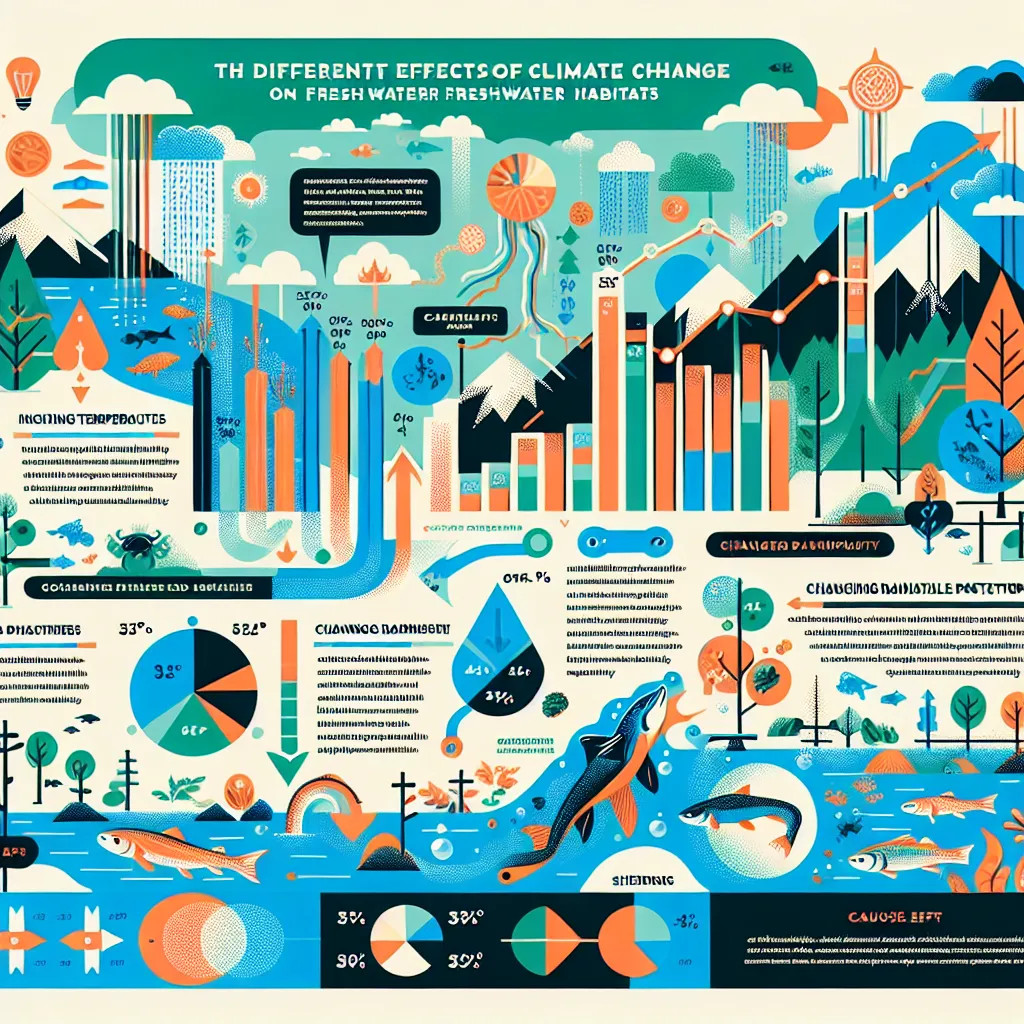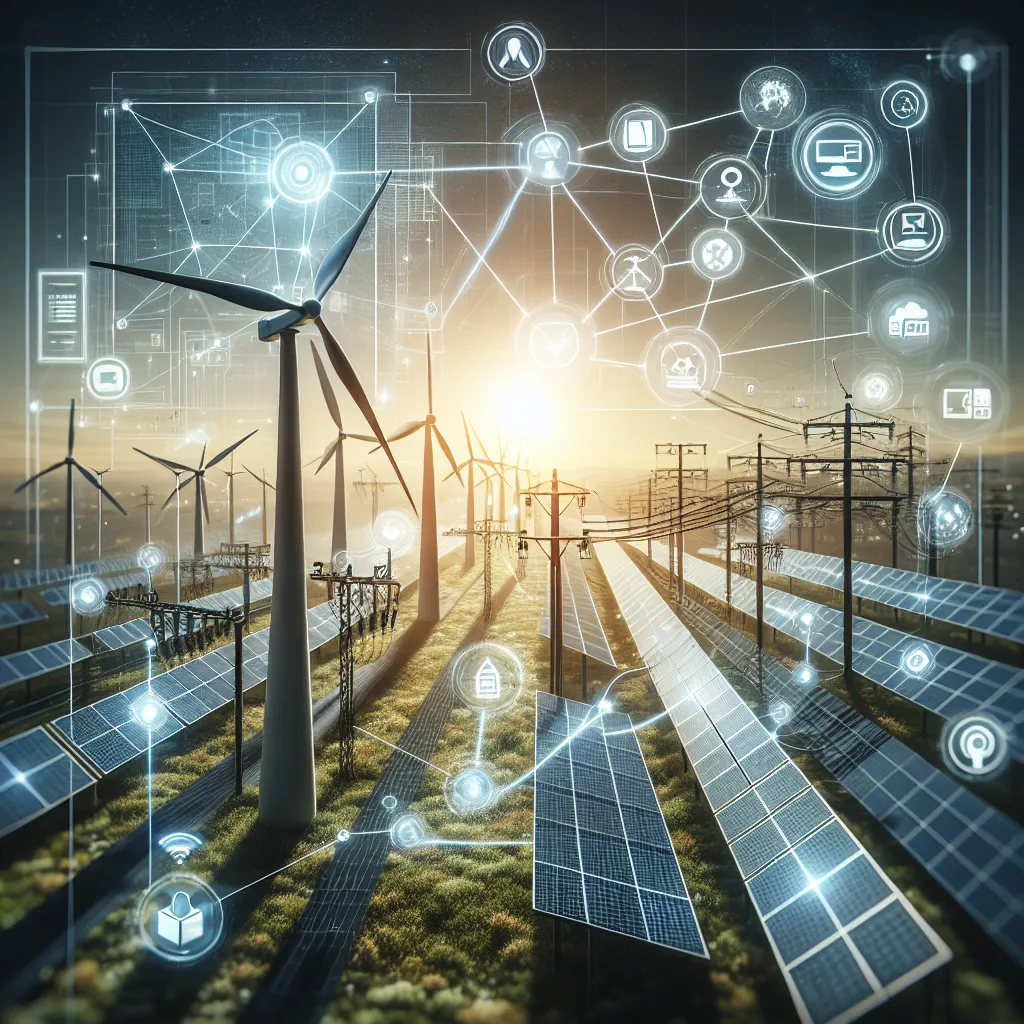The IELTS Reading section is a crucial component of the test, requiring candidates to demonstrate their ability to comprehend complex texts and answer various question types accurately. One topic that has gained significant attention in recent years and is likely to appear in future IELTS exams is “Climate change’s impact on freshwater ecosystems.” This subject is not only relevant to current environmental concerns but also provides an excellent opportunity to showcase your reading skills.
Table Of Contents
- Sample IELTS Reading Test: Climate Change and Freshwater Ecosystems
- Reading Passage
- Questions
- 1-5: Multiple Choice
- 6-10: Identifying Information (True/False/Not Given)
- 11-14: Sentence Completion
- Answer Key and Explanations
- Common Mistakes to Avoid
- Key Vocabulary
- Grammar Focus
- Tips for Success in IELTS Reading
Based on the analysis of past IELTS exams and current environmental trends, we can expect this topic to appear more frequently in future tests. Its relevance to global issues and the wealth of scientific research available make it an ideal candidate for IELTS Reading passages.
Let’s dive into a sample IELTS Reading test focused on this critical environmental issue, followed by a comprehensive breakdown of answers, common mistakes, vocabulary, and grammar tips to help you excel in your IELTS preparation.
 Climate change impact on freshwater
Climate change impact on freshwater
Sample IELTS Reading Test: Climate Change and Freshwater Ecosystems
Reading Passage
Climate change is rapidly emerging as one of the most serious threats to global biodiversity and ecosystem functioning. Freshwater ecosystems, which include rivers, lakes, and wetlands, are particularly vulnerable to these changes. These ecosystems, vital for both human societies and countless species, are experiencing unprecedented alterations due to rising temperatures, changing precipitation patterns, and extreme weather events.
One of the primary impacts of climate change on freshwater ecosystems is the alteration of water temperature regimes. As global temperatures rise, so do water temperatures in rivers, lakes, and streams. This warming has far-reaching consequences for aquatic organisms, many of which are sensitive to even small temperature changes. Cold-water fish species, such as trout and salmon, are especially at risk. These species require cool, oxygen-rich waters to thrive, and as temperatures rise, their habitat becomes increasingly unsuitable. This not only affects the fish themselves but also disrupts entire food webs and ecosystems that depend on these species.
Changes in precipitation patterns, another significant effect of climate change, are altering the hydrology of freshwater systems. Some regions are experiencing increased rainfall, leading to more frequent and severe flooding. These flood events can cause physical damage to aquatic habitats, increase erosion, and wash pollutants into water bodies. Conversely, other areas are facing prolonged droughts, resulting in reduced water levels and even the complete drying of some water bodies. Such changes can lead to the loss of critical habitats, particularly affecting species with limited mobility or those that require specific conditions for breeding.
The impact of climate change on water quality is another pressing concern. Warmer waters typically contain less dissolved oxygen, a crucial element for aquatic life. This reduction in oxygen levels can lead to fish kills and alter the composition of aquatic communities, often favoring species that are more tolerant of low-oxygen conditions. Additionally, warmer temperatures can exacerbate existing water quality issues, such as algal blooms. These blooms, fueled by excess nutrients and warmer waters, can deplete oxygen levels further and produce toxins harmful to both wildlife and humans.
Climate change is also affecting the timing of seasonal events in freshwater ecosystems, a phenomenon known as phenological shifts. For instance, the timing of spring ice breakup in northern lakes and rivers is occurring earlier, while the onset of winter freezing is happening later. These changes can disrupt the life cycles of many aquatic species, potentially leading to mismatches between the availability of food resources and the needs of various organisms.
The cascading effects of these changes on biodiversity are profound. Many freshwater species are already facing numerous threats, including habitat loss, pollution, and overexploitation. Climate change compounds these existing pressures, pushing some species towards extinction. Endemic species – those found nowhere else in the world – are particularly at risk, as they often have limited ability to adapt or migrate to more suitable habitats.
However, it’s not all doom and gloom. Scientists and policymakers are working on strategies to mitigate the impacts of climate change on freshwater ecosystems. These strategies include reducing greenhouse gas emissions, improving water management practices, and implementing conservation measures to protect vulnerable species and habitats. Restoration efforts, such as reforestation of riparian zones and the creation of wetlands, can help buffer freshwater ecosystems against some climate change impacts.
Moreover, research into the resilience of freshwater ecosystems is providing valuable insights. Some species and ecosystems show remarkable adaptability to changing conditions. Understanding these adaptive mechanisms can inform conservation strategies and help predict future responses to climate change.
In conclusion, the impact of climate change on freshwater ecosystems is complex and far-reaching. It presents significant challenges for biodiversity conservation and ecosystem management. However, with continued research, innovative conservation strategies, and global efforts to mitigate climate change, there is hope for preserving these vital ecosystems for future generations.
Questions
1-5: Multiple Choice
Choose the correct letter, A, B, C, or D.
-
According to the passage, which of the following is NOT mentioned as a direct impact of climate change on freshwater ecosystems?
A) Altered water temperature regimes
B) Changes in precipitation patterns
C) Increased water salinity
D) Phenological shifts -
Cold-water fish species like trout and salmon are particularly at risk because:
A) They cannot adapt to any environmental changes
B) Rising temperatures make their habitat unsuitable
C) They are overfished in many regions
D) Their food sources are disappearing -
How does climate change affect water quality in freshwater ecosystems?
A) By increasing the amount of dissolved oxygen in water
B) By reducing dissolved oxygen and exacerbating algal blooms
C) By introducing new pollutants into the water
D) By making water more acidic -
Phenological shifts in freshwater ecosystems refer to:
A) Changes in the physical structure of water bodies
B) Alterations in the chemical composition of water
C) Changes in the timing of seasonal events
D) Shifts in the geographical distribution of species -
Which of the following is suggested as a strategy to mitigate the impacts of climate change on freshwater ecosystems?
A) Increasing fish populations through aquaculture
B) Building more dams to control water flow
C) Reforestation of riparian zones
D) Introducing non-native species to boost biodiversity
6-10: Identifying Information (True/False/Not Given)
Do the following statements agree with the information given in the Reading Passage?
Write
TRUE if the statement agrees with the information
FALSE if the statement contradicts the information
NOT GIVEN if there is no information on this
-
All freshwater ecosystems are equally affected by climate change.
-
Increased flooding due to climate change can lead to more pollutants entering water bodies.
-
Warmer water temperatures always result in increased biodiversity in freshwater ecosystems.
-
Endemic freshwater species are at higher risk from climate change impacts than widely distributed species.
-
Some freshwater species and ecosystems show adaptability to changing climate conditions.
11-14: Sentence Completion
Complete the sentences below.
Choose NO MORE THAN TWO WORDS from the passage for each answer.
-
Climate change is altering the ____ of freshwater systems through changes in precipitation patterns.
-
Warmer waters typically contain less ____, which is crucial for aquatic life.
-
The timing of spring ____ in northern lakes and rivers is occurring earlier due to climate change.
-
Understanding adaptive mechanisms of some species can inform ____ strategies against climate change impacts.
Answer Key and Explanations
-
C
Explanation: The passage mentions altered water temperature regimes, changes in precipitation patterns, and phenological shifts as direct impacts of climate change. Increased water salinity is not mentioned in the text. -
B
Explanation: The passage states that “as temperatures rise, their habitat becomes increasingly unsuitable” for cold-water fish species like trout and salmon. -
B
Explanation: The text mentions that warmer waters contain less dissolved oxygen and can exacerbate issues like algal blooms. -
C
Explanation: The passage defines phenological shifts as “changes in the timing of seasonal events in freshwater ecosystems.” -
C
Explanation: The text specifically mentions “reforestation of riparian zones” as a restoration effort to help buffer against climate change impacts. -
FALSE
Explanation: The passage suggests that different ecosystems are affected in various ways, with some regions experiencing increased rainfall and flooding while others face droughts. -
TRUE
Explanation: The text states that flood events can “wash pollutants into water bodies.” -
FALSE
Explanation: The passage indicates that warmer temperatures can lead to fish kills and alter community composition, often favoring only certain species. -
TRUE
Explanation: The text mentions that endemic species are “particularly at risk” due to their limited ability to adapt or migrate. -
TRUE
Explanation: The passage states that “Some species and ecosystems show remarkable adaptability to changing conditions.” -
hydrology
Explanation: The text mentions that changes in precipitation patterns are “altering the hydrology of freshwater systems.” -
dissolved oxygen
Explanation: The passage states that “Warmer waters typically contain less dissolved oxygen.” -
ice breakup
Explanation: The text mentions that “the timing of spring ice breakup in northern lakes and rivers is occurring earlier.” -
conservation
Explanation: The passage suggests that understanding adaptive mechanisms can “inform conservation strategies.”
Common Mistakes to Avoid
- Misinterpreting complex scientific terminology: Familiarize yourself with environmental and ecological terms before the test.
- Overlooking subtle details: Pay close attention to qualifiers like “some,” “many,” or “often” in the passage.
- Making assumptions beyond the text: Stick to the information provided and avoid bringing in external knowledge.
- Rushing through the passage: Take your time to understand the main ideas and supporting details.
- Ignoring context: Consider how each paragraph relates to the overall theme of the passage.
Key Vocabulary
- Biodiversity: /ˌbaɪəʊdaɪˈvɜːsəti/ (noun) – The variety of plant and animal life in the world or in a particular habitat.
- Ecosystem: /ˈiːkəʊˌsɪstəm/ (noun) – A biological community of interacting organisms and their physical environment.
- Phenological: /ˌfiːnəˈlɒdʒɪkəl/ (adjective) – Relating to the study of cyclic and seasonal natural phenomena, especially in relation to climate and plant and animal life.
- Riparian: /rɪˈpeəriən/ (adjective) – Relating to or situated on the banks of a river.
- Endemic: /enˈdemɪk/ (adjective) – (Of a plant or animal) Native and restricted to a certain place.
Grammar Focus
Pay attention to the use of conditional sentences in environmental texts. For example:
-
First Conditional (for likely future events):
“If temperatures continue to rise, cold-water fish species will face serious challenges.” -
Second Conditional (for hypothetical situations):
“If we were to implement stricter conservation measures, we could mitigate some of the impacts of climate change.” -
Third Conditional (for past hypothetical situations):
“If we had acted sooner to reduce greenhouse gas emissions, many freshwater ecosystems might have been better preserved.”
Tips for Success in IELTS Reading
- Practice time management: Allocate your time wisely between reading the passage and answering questions.
- Improve your skimming and scanning skills: Quickly identify main ideas and locate specific information.
- Expand your vocabulary: Focus on academic and topic-specific words commonly used in IELTS texts.
- Read actively: Engage with the text by underlining key points and making brief notes.
- Familiarize yourself with all question types: Practice with various formats to improve your speed and accuracy.
- Stay informed about current global issues: Regular reading on topics like climate change can enhance your understanding and speed in the test.
Remember, success in IELTS Reading comes with consistent practice and a strategic approach. By focusing on understanding complex texts, expanding your vocabulary, and honing your time management skills, you’ll be well-prepared to tackle any topic that appears in your IELTS exam, including the critical issue of climate change’s impact on freshwater ecosystems.



